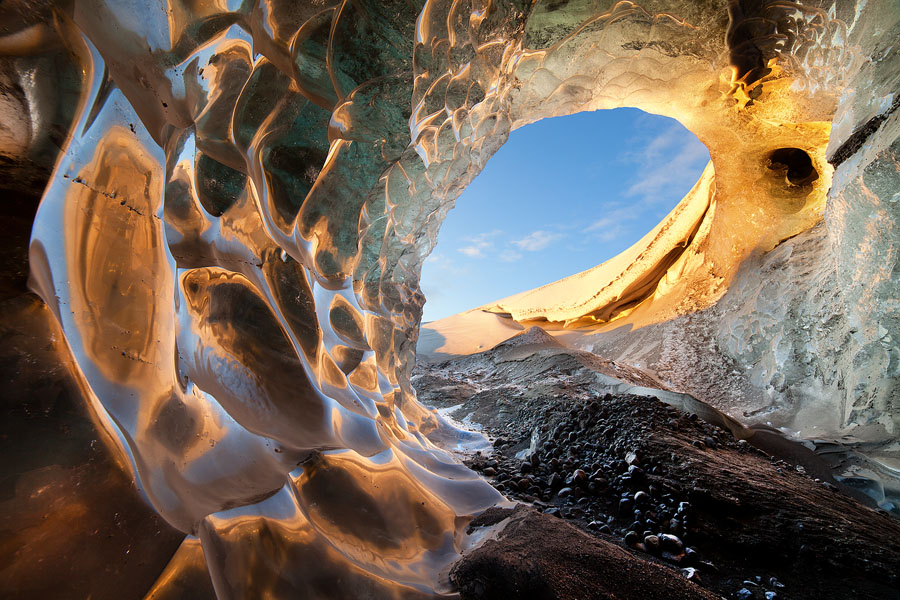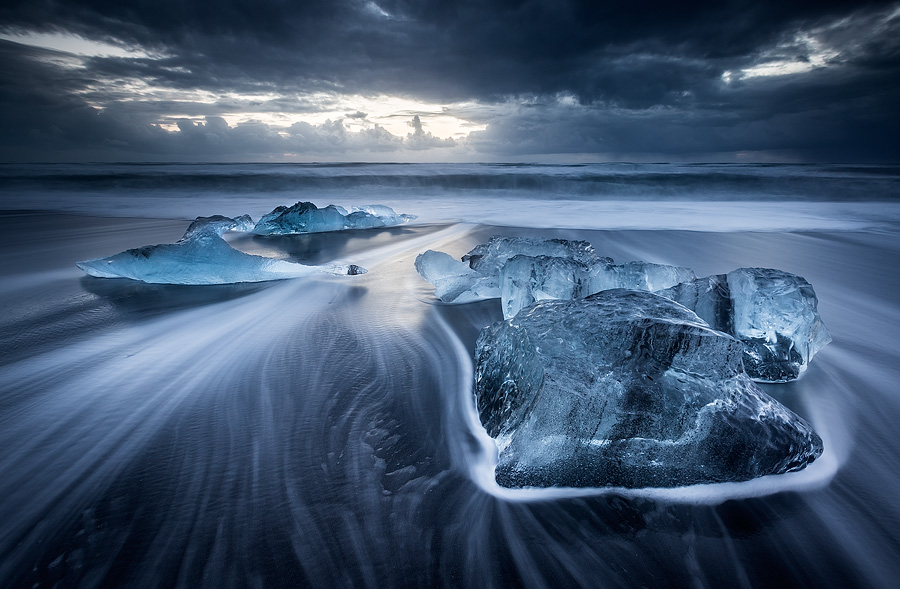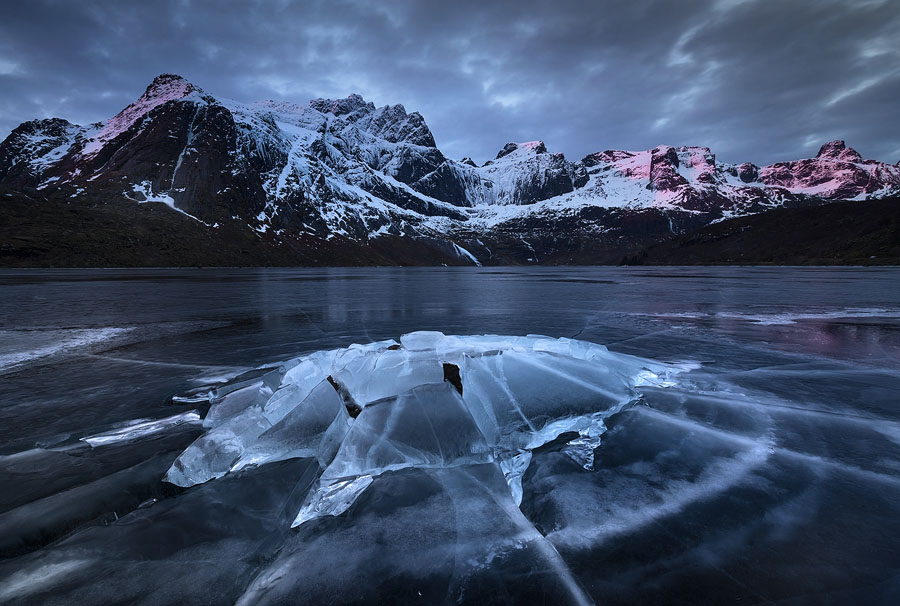Erez Marom Photography
Article: Winds of Change - Shooting Changing Landscapes
Posted on 26th February, 2015 - Back to Blog Listings
Landscape photographers live and breathe on variety. It's a bad idea to shoot the exact same image as someone else, and, while not as bad, shooting a very similar composition to an existing image usually isn't considered an achievement. A good landscape photo should be original in at least one way, and finding a unique composition, a different, fresh look, is an important part of originality. But the photography world is booming, and every other photographer has images of iconic locations. Year by year people shoot the popular destinations, metaphorically grinding them to photographic dust. Change the angle, catch different light, go lower, go higher - a rock is a rock is a rock, and unless you're willing to cryogenically freeze yourself and wait thousands of years for it to erode - you're pretty much stuck with it, and compositions will eventually be exhausted. One method of dealing with this is avoiding iconic locations. What good is a shot of rock arch that,s already been shot a million times, iconic as it is? Perhaps one is better off looking for other features in the area, perhaps a less-noticed boulder, and shoot that instead.
A better solution is shooting changing landscapes to begin with. Landscapes that change quickly with time and with the elements provide an infinite variety, effectively solving the originality problem one faces with constant landscapes. In contrast to slowly eroding stone that can take eons to change, some landscapes can take days, minutes or even seconds to change the way look and contribute to your shot. Good examples are fire, sand and ice.
Fire, more accurately volcanic landscapes, where lava flows and changes the earth constantly, are excellent changing landscapes. The greatest problem is the fact that lava isn't the most user-friendly substance, and there's no shortage of stories of people whose tripods began to burn. Lava is beautifully enchanting and very diverse, but take care when shooting it.
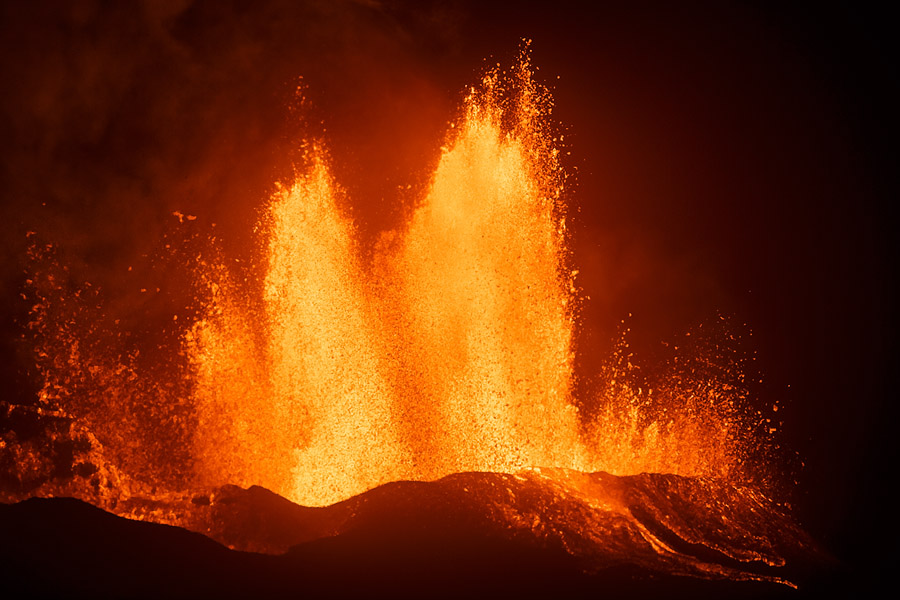
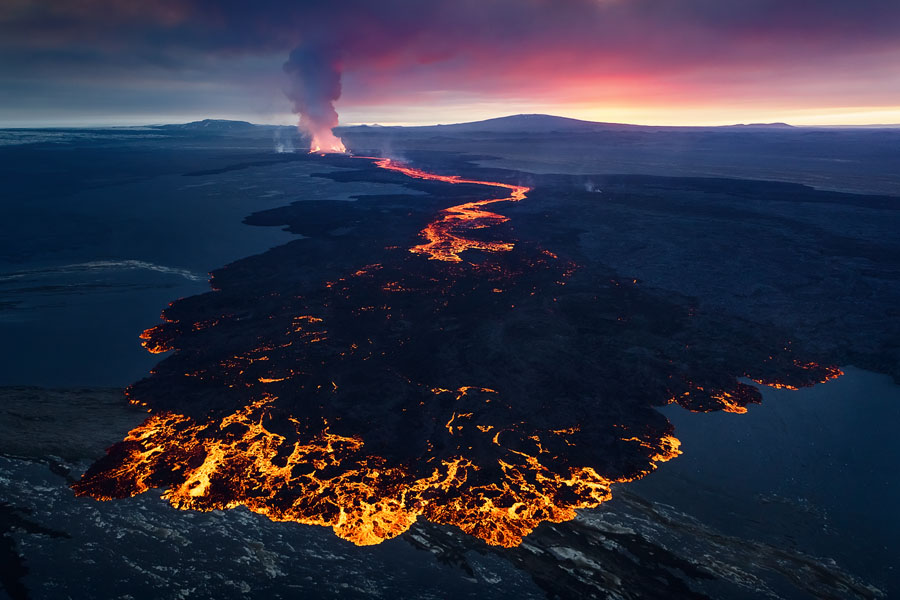
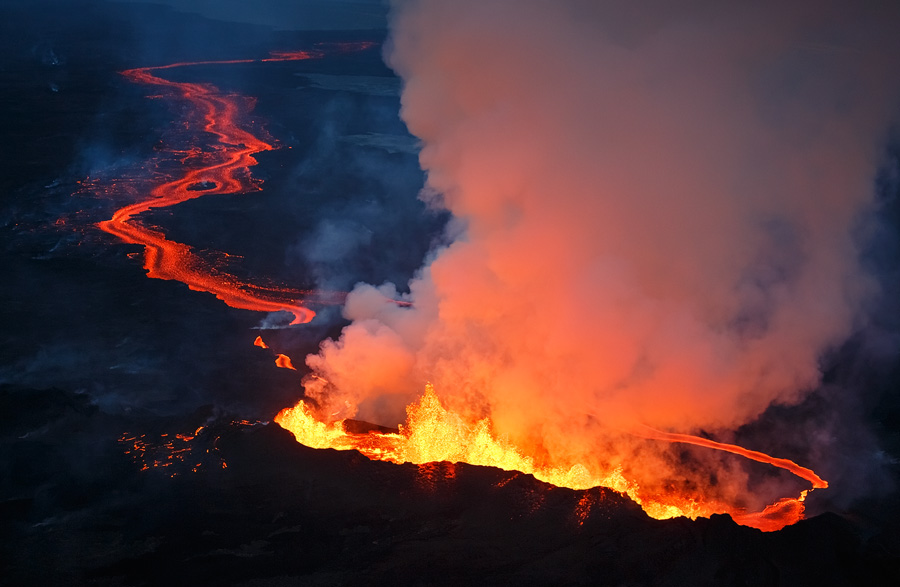
Sand creates a myriad of interesting shapes, and it can move very quickly with the wind. Sand is also interesting in all proximity levels, from close-ups of the grains to long shots of towering faraway dunes. It sometimes changes too quickly (when winds are blowing, you can see ripples move right in front of you) or too slowly (it can take years for large dunes to shift significantly), and one should take extra care not to get those impossible-to-get-out grains inside one's equipment, but all in all sand provides good variety. Its biggest limitation is the fact that it can't really form smaller-scale complex structures. Dunes can be very intricate and detailed, but on a smaller, foreground-relevant scale, sand is limited mostly to ripples.
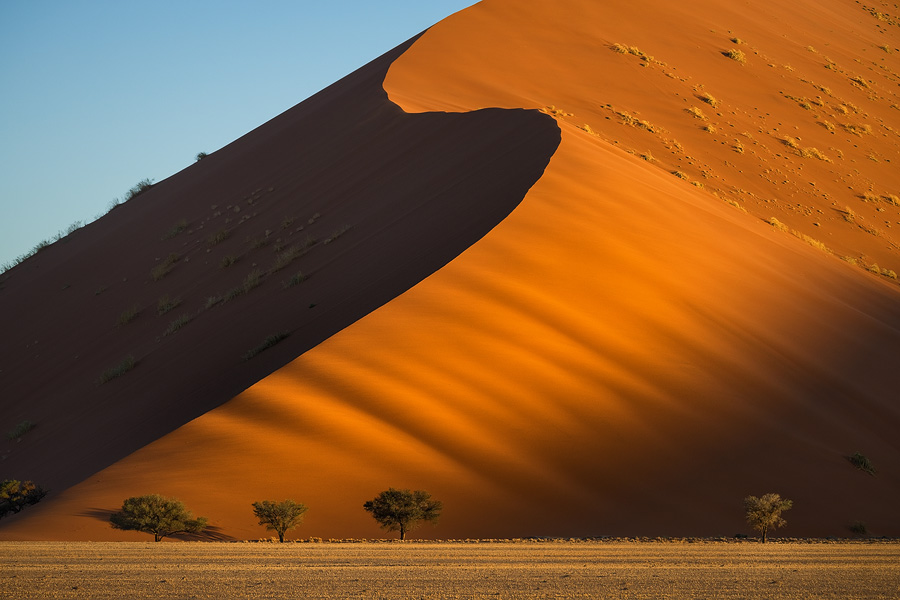
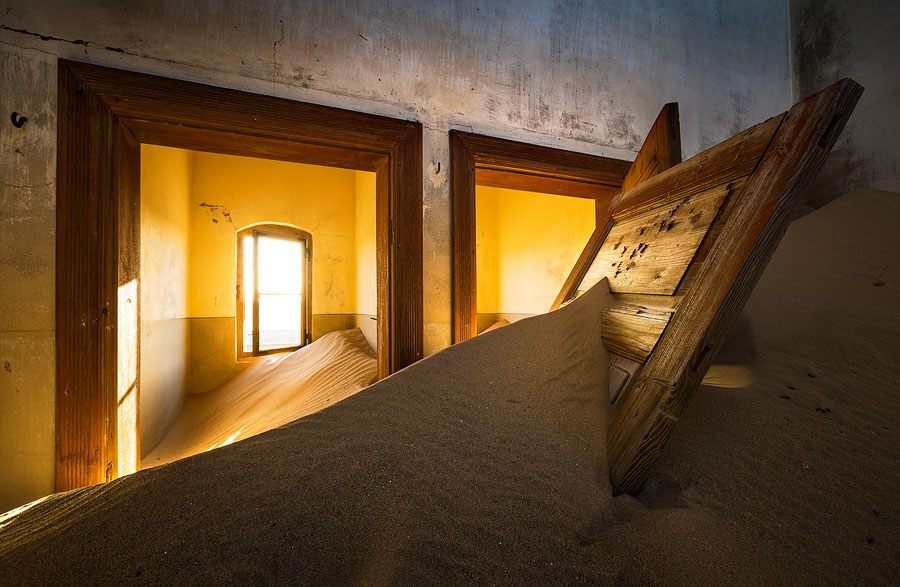
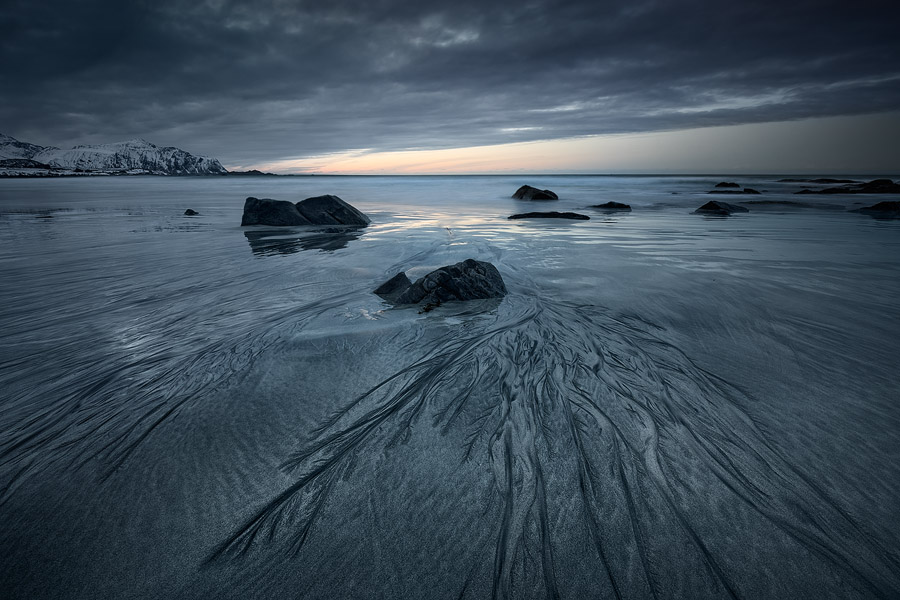
Which brings us to ice. Ice is much friendlier than lava and can form more intricate forms than sand. Even better, ice changes much faster than rock, but usually doesn't change too quickly to shoot. It takes days or weeks for a good-sized piece of ice to melt, and so well-spaced visits to icy locations can provide good variety with near certainty. On top of that, where there's ice, there's often melting water, and the combination can work very well and provide even more dynamics, variety and opportunities for unique shots. Add to this the obvious photographic appeal of ice, and reach the conclusion that frozen landscapes are the best kind of changing landscapes, at least in my opinion. Just be careful not to slip!
